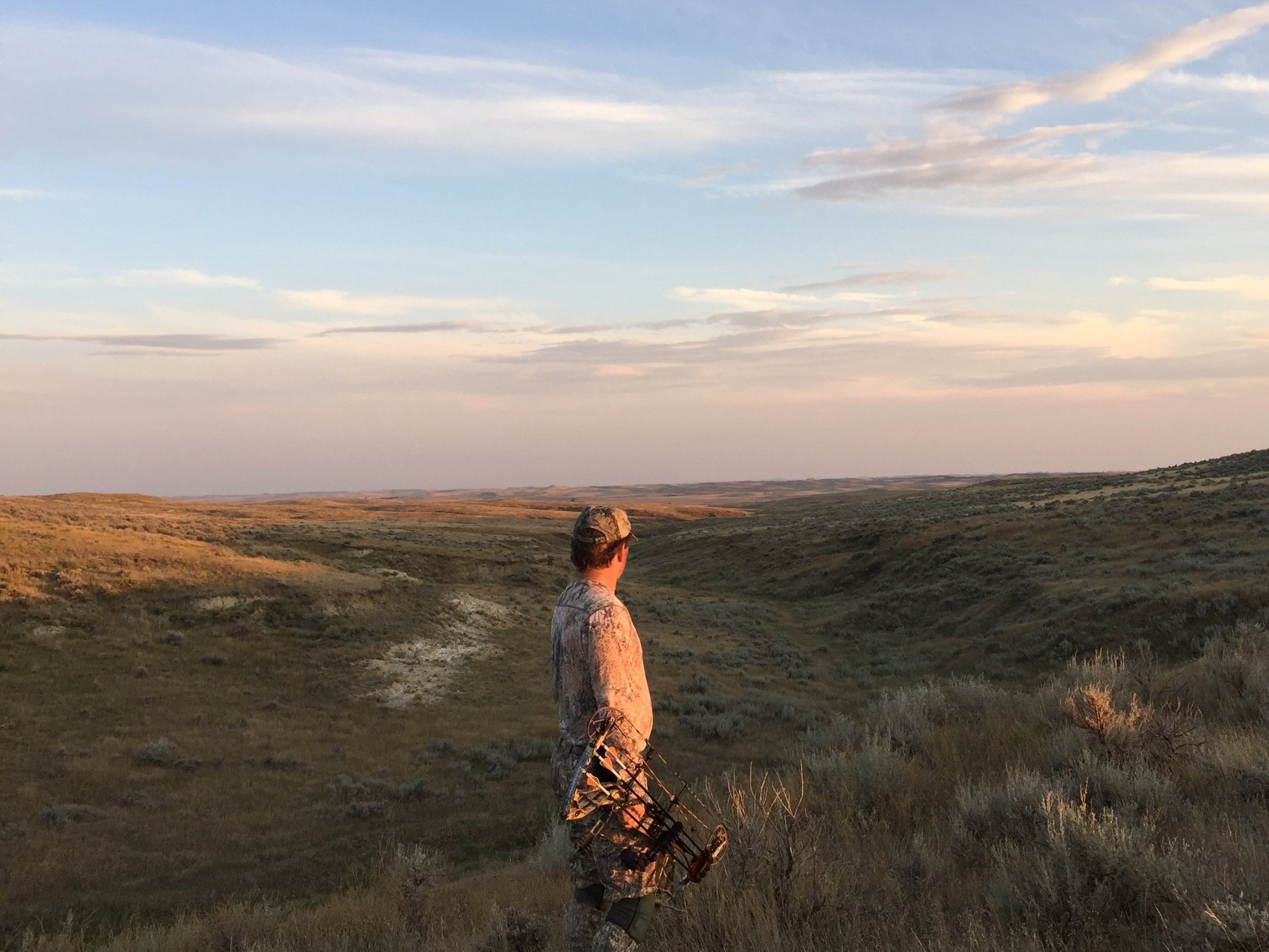
North Dakota is home to roughly 4 million acres of public lands and waters. Our national grasslands and other public lands provide invaluable habitat for fish and wildlife and great recreational opportunities for the public.
Public Lands FAQs
Aren’t public lands popular?
The idea of public lands is a uniquely American innovation — and it’s one that’s admired around the world. There’s something extraordinary about knowing that millions of acres are open for everyone to visit, explore, and enjoy. Unsurprisingly, public lands are beloved: more than 500 million people visit them each year. Across 640 million acres, these lands fuel countless recreational and economic opportunities while providing vital habitat for thousands of plant and animal species. Public enthusiasm for these spaces powers a major economic engine — outdoor recreation alone generates over $1 trillion annually and supports more than 7.6 million jobs, most of which depend directly on public lands. Beyond recreation, public lands produce significant revenue from oil and gas, renewable energy, grazing, and timber, while offering priceless ecosystem services, from supplying drinking water to 60 million Americans to sequestering carbon crucial to our climate stability. Public lands are truly the goose that laid the golden egg — and they’ve never been more popular.
What’s happening with Congress?
Some members of Congress have proposed selling off public lands to help balance the federal budget or to address the affordable housing crisis. But selling these lands won't fix either issue — and it would cause serious harm to the wildlife, people, water resources, and communities that depend on them. Public lands are the economic backbone of many rural communities, and selling them off would deal a heavy blow to local economies.
Fortunately, existing laws and regulations already provide responsible ways to assess and repurpose public lands for needs like affordable housing when appropriate. Moreover, selling assets isn't a substitute for sound budgeting — no fiscally conservative household would balance its checkbook by selling off the barn and the pasture. Public lands are not liabilities; they are economically productive, generating revenue through grazing fees, hunting licenses, timber harvests, tourism, and oil and gas development. Protecting these lands isn't just good stewardship — it's good economics.
What about that Utah court case?
On August 20, 2024, the State of Utah filed a lawsuit against the United States, arguing that the federal government’s ownership of more than 18.5 million acres of public land within the state is unconstitutional. Utah sought a Supreme Court ruling that would force the federal government to sell or transfer these lands, claiming it cannot hold them in trust for the public. Fortunately, on January 13, 2025, the Supreme Court declined to hear the case. However, we fully expect Utah to pursue the matter further by filing a new case in federal district court.
If a lower court were to agree with Utah–that the federal government has no constitutional authority to own lands other than for military installations and the nation’s capital, the ruling would not be limited to Utah. It would call into question the federal government’s ownership of public lands in all states.
It is likely that other states would then also actively seek the transfer or sale of public lands within their borders. Thirteen states, including North Dakota, filed amicus briefs for the Supreme Court lawsuit.